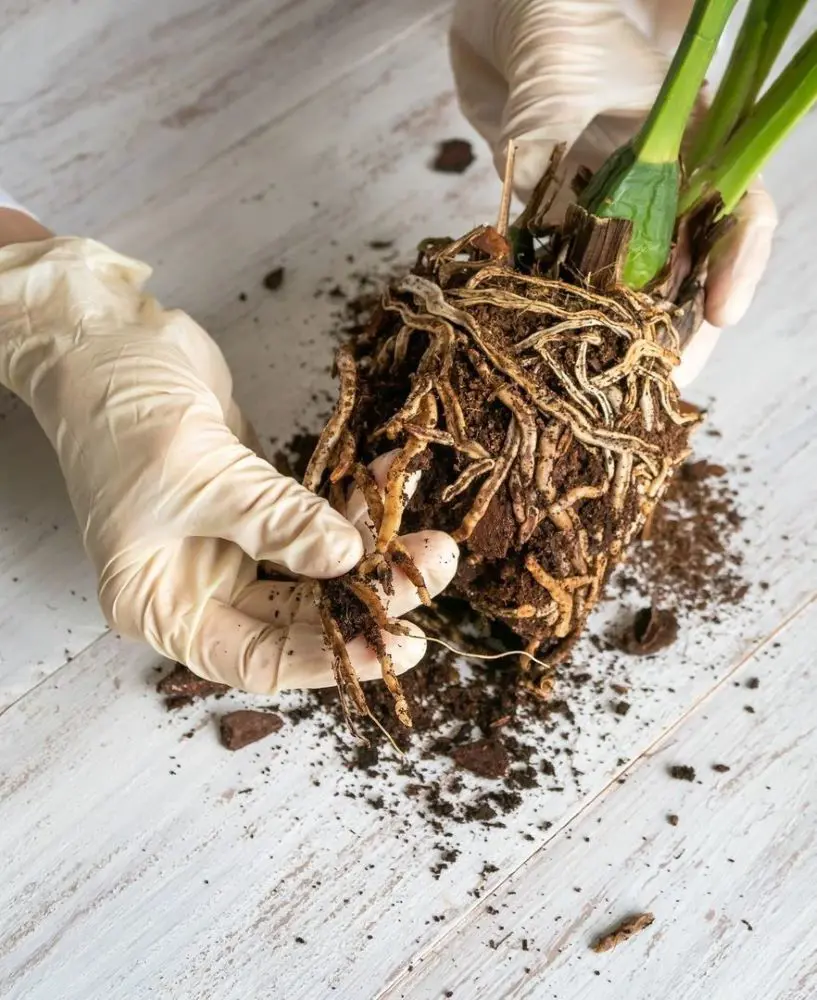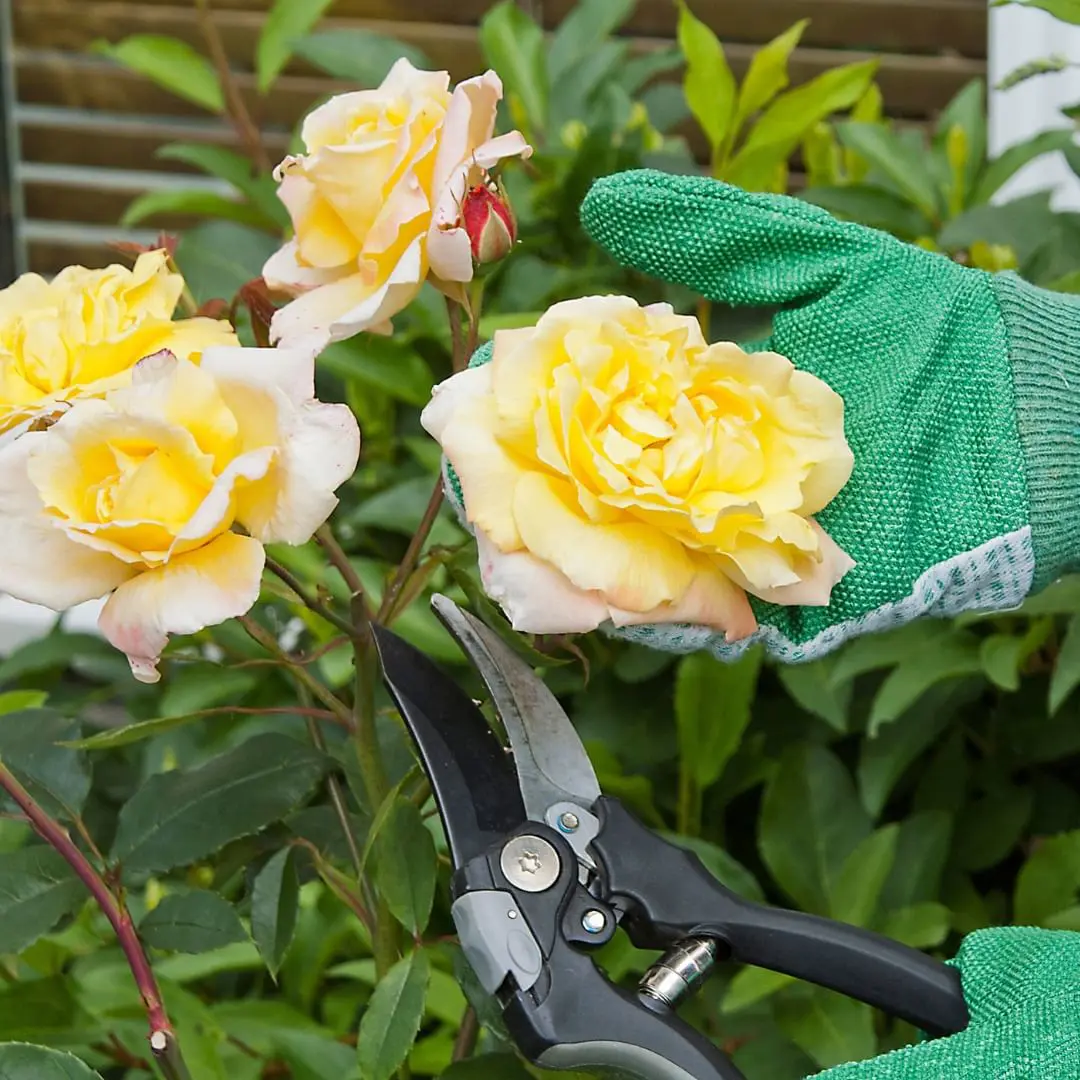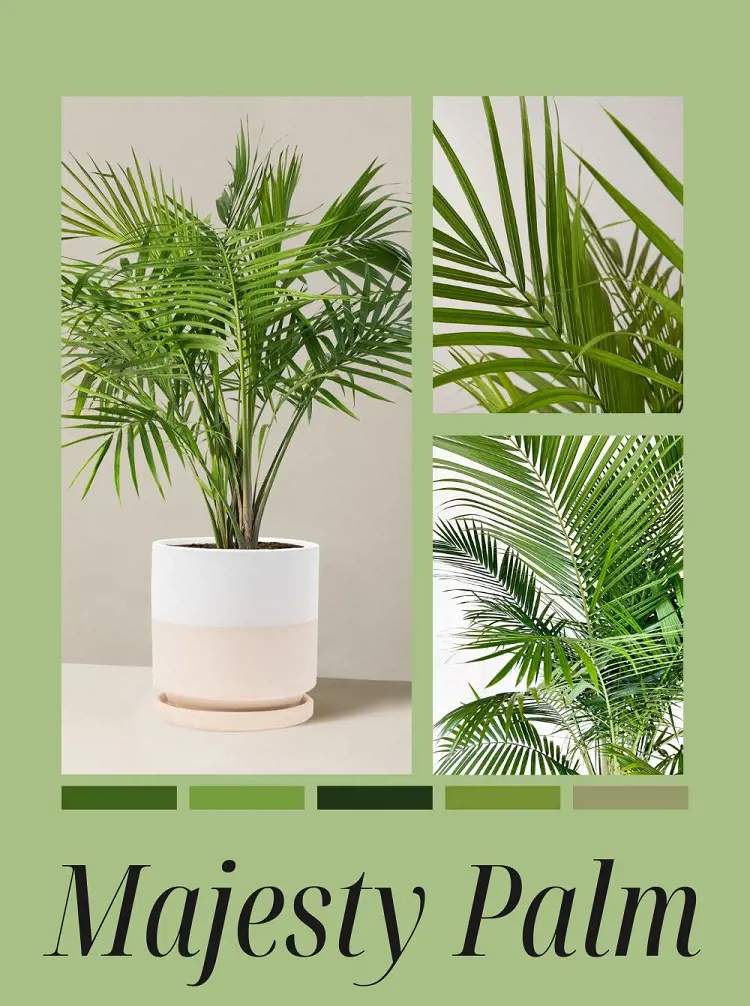21 Types Of Aloe Plants With Pictures
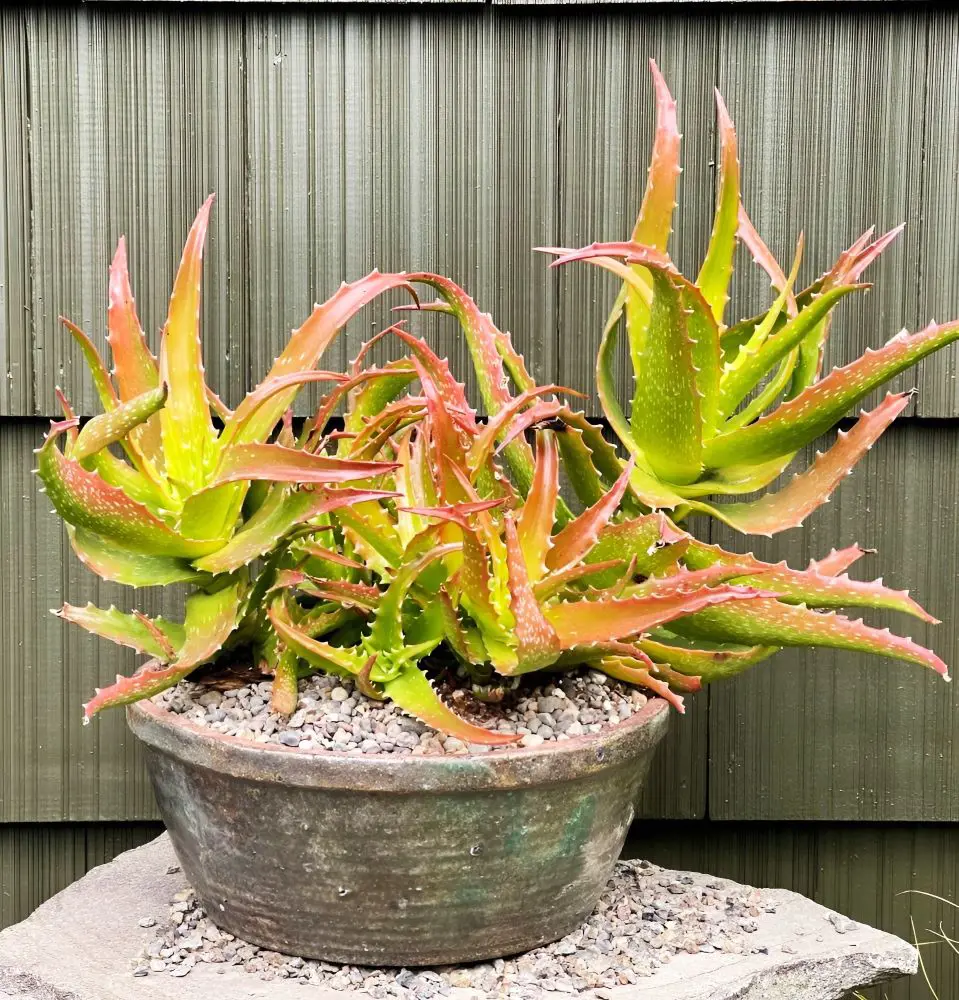
This post may contain affiliate links. If you make a purchase through links on our site, we may earn a commission.
Welcome to the fascinating world of aloe plants. In this exploration, we'll introduce you to 21 different types of aloe plants, each with its own unique characteristics and charm.
Aloe plants, a type of succulent, are known not only for their distinctive appearance but also for their various uses and resilience. As we delve into this collection, you'll discover their scientific names, native regions, and insights into their growing requirements.
1. Aloe vera
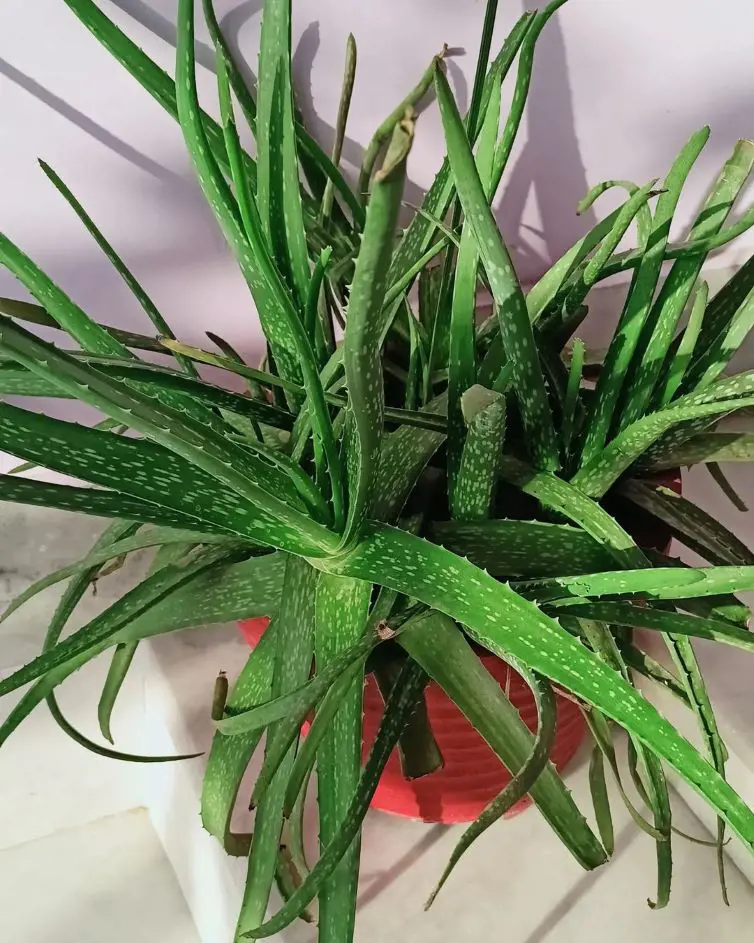
Known for its medicinal properties, aloe vera is native to Northern Africa. Its fleshy leaves contain a gel with numerous health benefits, making it a popular choice for skincare and healing purposes.
Aloe vera thrives in well-draining soil and requires full sun, with occasional watering.
- Scientific Name: Aloe barbadensis miller
- Native to: Northern Africa
- Growing Requirements: Well-draining soil, full sun, occasional watering
2. Lace Aloe
Lace aloe (Aloe aristata) is a charming succulent known for its distinctive appearance and ease of care. Native to South Africa, it features rosettes of slender, lance-shaped leaves adorned with white spots, giving it a lace-like pattern.
This compact plant is ideal for both indoor and outdoor settings
- Scientific Name: Aloe aristata
- Native to: South Africa
- Growing Requirements: Well-draining soil, partial to full sun, moderate water
3. Spiral Aloe

Spiral aloe, scientifically known as Aloe polyphylla, is a captivating and rare succulent celebrated for its mesmerizing spiral growth pattern. This unique aloe species originates from Lesotho, in southern Africa, thriving in high-altitude, mountainous regions.
Its striking spiral arrangement of leaves forms a perfect rosette, showcasing symmetrical, spiraling patterns that make it a coveted addition to any succulent collection.
- Scientific name: Aloe polyphylla
- Native to: South Africa
- Growing requirements: Full sun, well-draining soil, infrequent watering
4. Coral Aloe
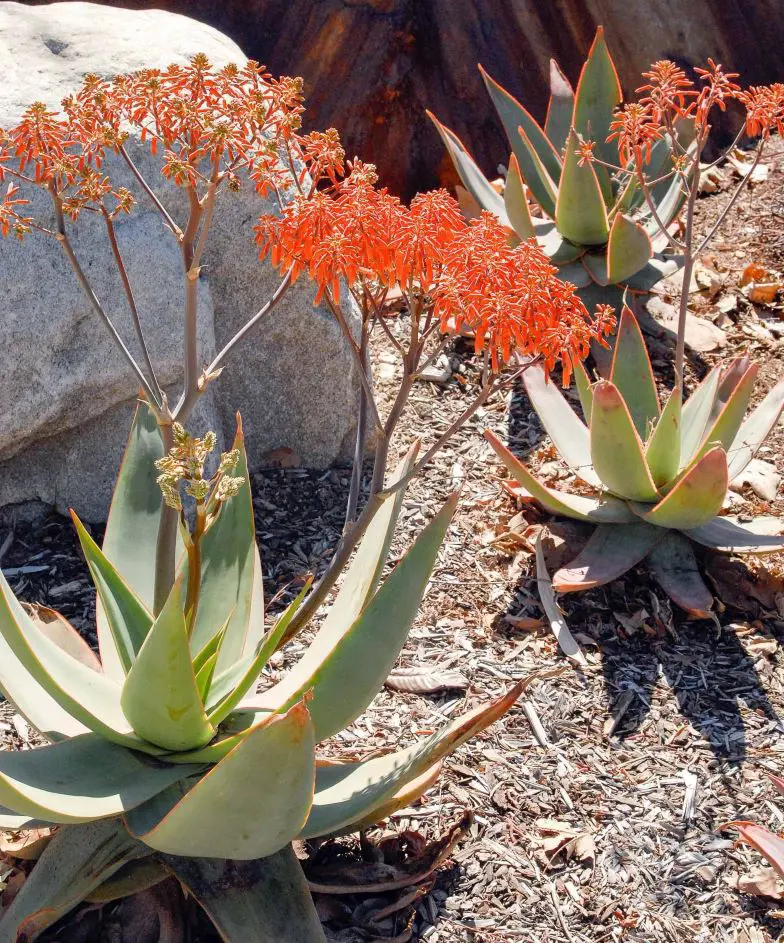
Coral Aloe Vera, also known as Aloe striata, is like the vibrant gem of the Aloe family with its stunning coral-colored leaves. Unlike many other aloes, this variety has smooth, spineless leaves and a unique rosette shape.
Its striking color intensifies in response to sun exposure, often taking on a mesmerizing pinkish hue.
- Scientific name: Aloe striata
- Native to: South Africa
- Growing requirements: Full sun, well-draining soil, infrequent watering
5. Tree Aloe
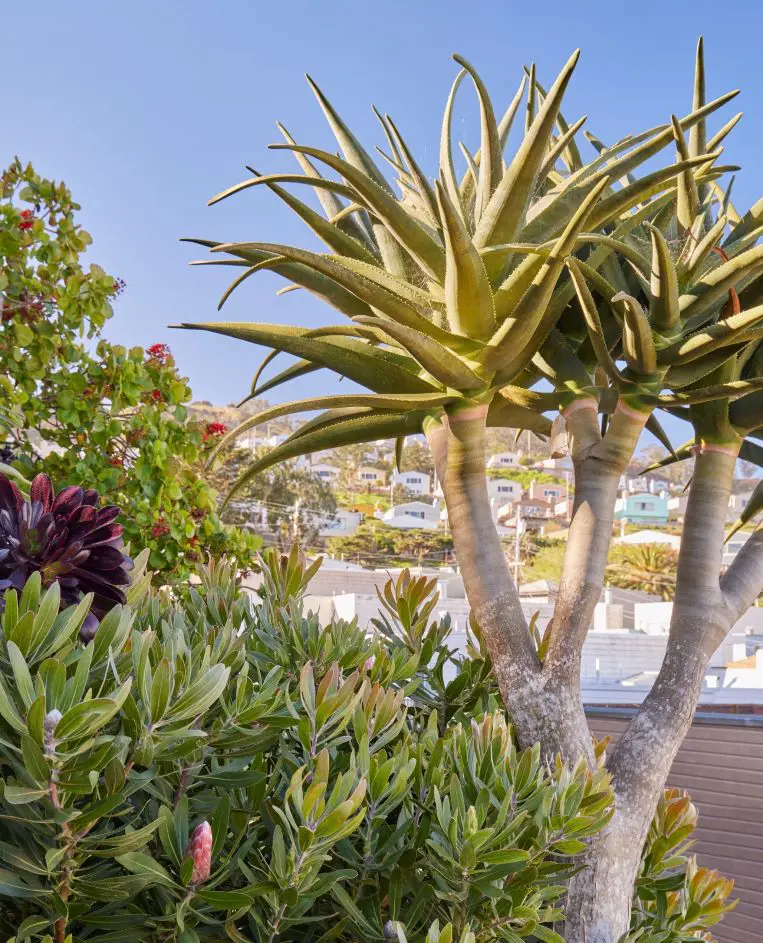
The Tree Aloe, scientifically known as Aloe barberae or Aloe bainesii, is an impressive succulent that can grow up to 60 feet tall, resembling a tree more than the typical compact Aloe plant.
What's fascinating is its nickname, "Bainesii Aloe," which pays homage to the 19th-century artist and explorer Thomas Baines, who depicted these magnificent trees in his sketches.
- Scientific name: Aloe arborescens
- Native to: South Africa
- Growing requirements: Full sun, well-draining soil, infrequent watering
6. Soap Aloe
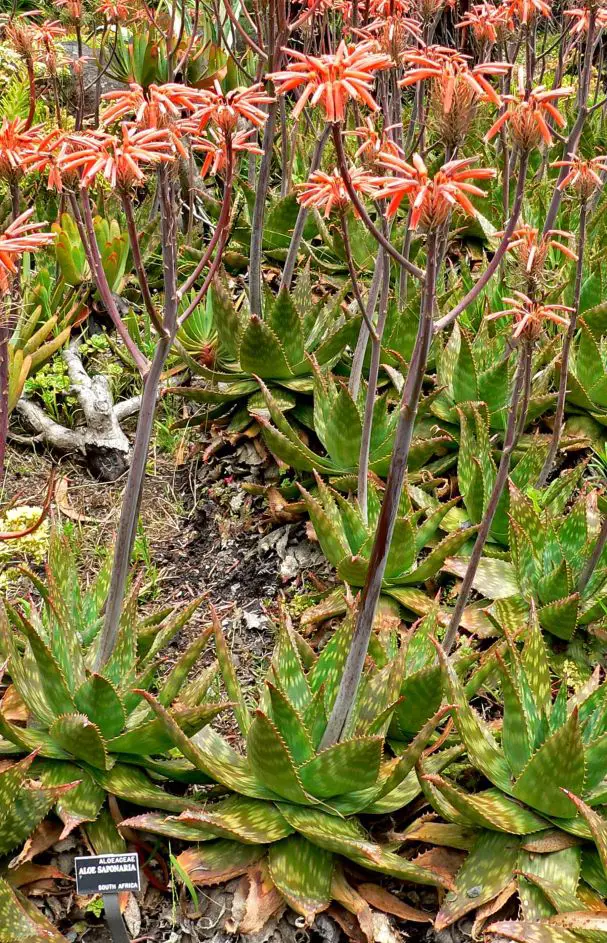
The soap aloe earns its name not from its cleansing properties but from its historical use in making soaps due to its gel-like substance. This South African native boasts vibrant orange flowers that attract birds and bees.
Its spotted leaves resemble a zebra’s skin pattern, hence its other common name, Zebra aloe.
- Scientific name: Aloe saponaria
- Native to: South Africa
- Growing requirements: Full sun, well-draining soil, infrequent watering
7. Tiger Aloe
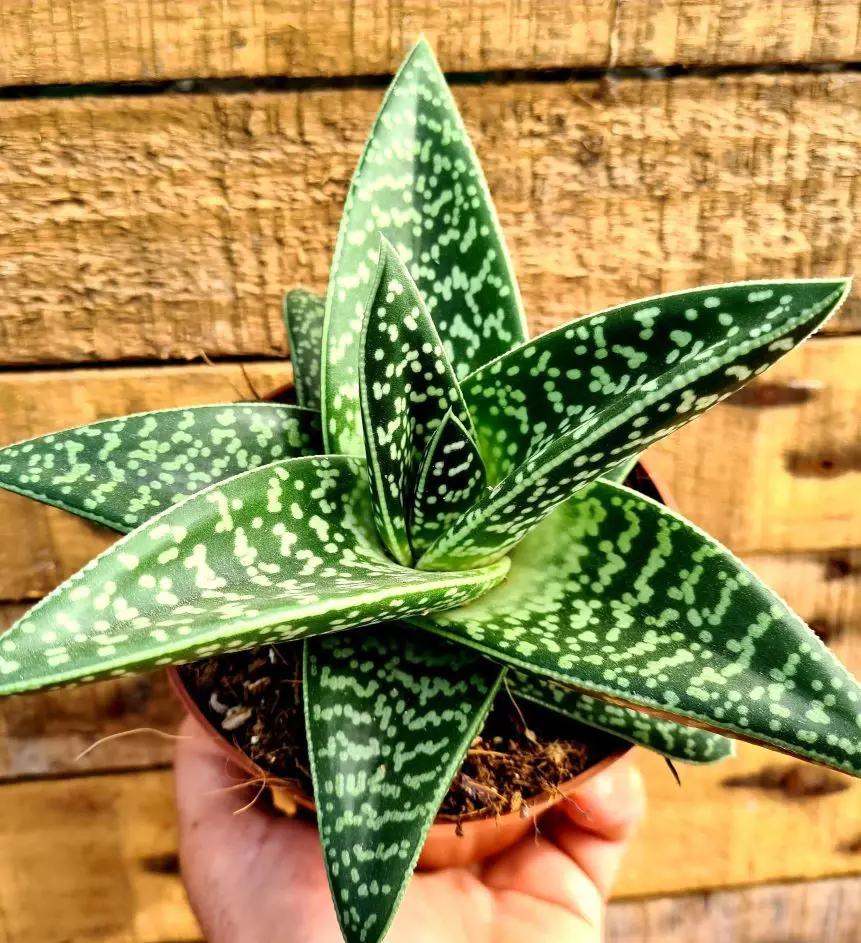
The Tiger Aloe, scientifically known as Aloe variegata, earned its name due to its striking appearance, which resembles the stripes of a tiger. Interestingly, the Tiger Aloe is also called the "Partridge Breast Aloe" due to the pattern's resemblance to a partridge's breast feathers.
This aloe variety carries protective properties, bringing luck and warding off negativity in some cultures.
- Scientific name: Aloe variegata
- Native to: South Africa
- Growing requirements: Full sun to part shade, well-draining soil, infrequent watering
8. Medicine Aloe
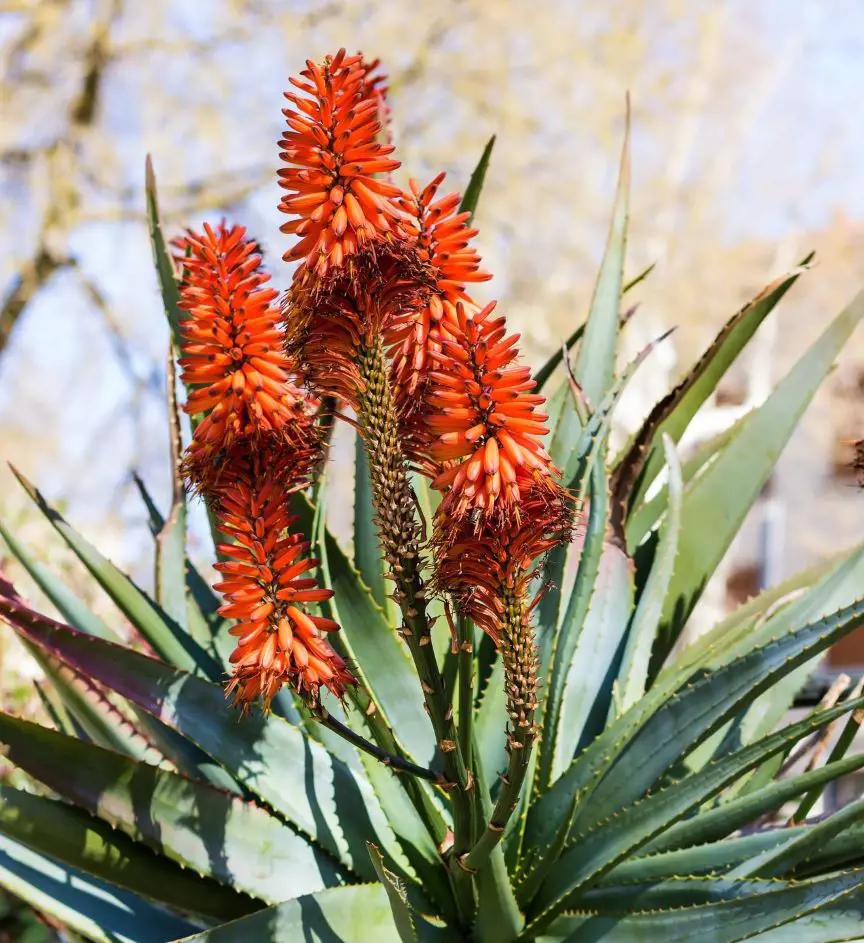
Aloe ferox, commonly known as the Cape Aloe or Bitter Aloe, is not just your average succulent; it's a plant with a touch of drama. This aloe species boasts striking rosettes of spiky leaves that can grow up to three feet tall.
This sap is not just bitter; it's also known for its medicinal properties, believed to aid in digestion and skincare.
- Scientific name: Aloe ferox
- Native to: South Africa
- Growing requirements: Full sun, well-draining soil, infrequent watering
9. Spider Aloe
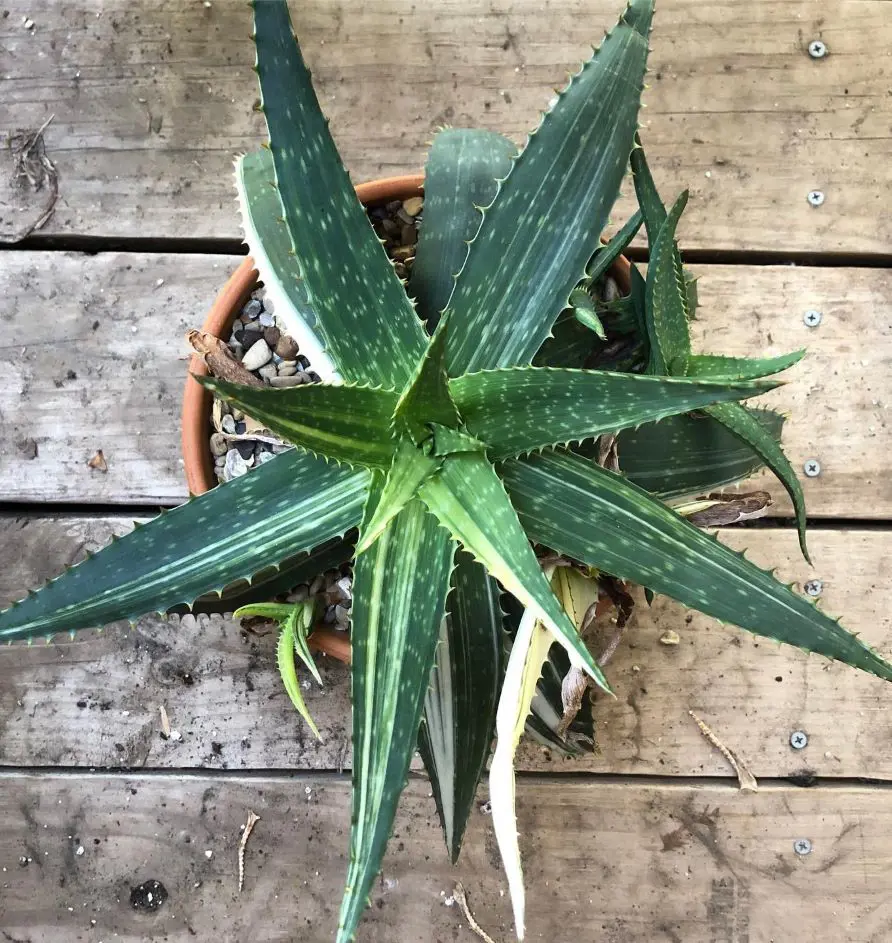
The Spider Aloe (Aloe maculata) is like the superhero of the Aloe world, with its unique and eye-catching appearance. Sporting vibrant green leaves adorned with white spots, it resembles the intricate patterns of a spider's web, hence its catchy name.
The spider-aloe gel-filled leaves are said to have skin-soothing properties, making them a potential skincare superhero as well.
Scientific name: Aloe maculata
- Native to: South Africa
- Growing requirements: Full sun, well-draining soil, infrequent watering
10. African Aloe
African aloe, commonly found in regions like South Africa and Namibia, is a group of succulent plants known for their striking appearance and various beneficial properties.
These plants, scientifically classified under the genus Aloe, often have thick, fleshy leaves that store water, helping them survive in arid climates.
- Scientific name: Aloe africana
- Native to: South Africa
- Growing requirements: Full sun, well-draining soil, infrequent watering
11. Golden Aloe

Aloe dorotheae, commonly known as the "Sunset Aloe," is a charming succulent with distinctive features. This aloe species hails from Madagascar, where it thrives in arid conditions.
Its leaves, arranged in a rosette, are a vibrant green, and they take on a reddish hue when exposed to bright sunlight.
- Scientific name: Aloe dorotheae
- Native to: South Africa
- Growing requirements: Full sun, well-draining soil, infrequent watering
12. Red Hot Poker Aloe
Aloe perfoliata, also known as the "Mitre Aloe" or "Sawtooth Aloe," is a striking succulent plant characterized by its rosette of thick, triangular leaves. What sets this aloe apart is its unique growth pattern, where the leaves appear to join together, forming a hollow, tube-like structure around the stem.
Its leaves are armed with small, sharp teeth along the edges, giving it a distinctive serrated appearance.
- Scientific name: Aloe perfoliata
- Native to: Madagascar
- Growing requirements: Full sun, well-draining soil, infrequent watering
13. Showy Aloe
Aloe speciosa, commonly known as the tilt-head aloe, is a striking succulent that adds beauty to gardens. Native to South Africa, it stands out with its rosette of green-blue leaves that have a distinctive tilt.
The leaves are edged with small, soft teeth, and the plant produces vibrant coral-colored flowers on tall stems during the winter and spring months.
- Scientific name: Aloe speciosa
- Native to: South Africa
- Growing requirements: Full sun, well-draining soil, infrequent watering
14. Prostrata Aloe
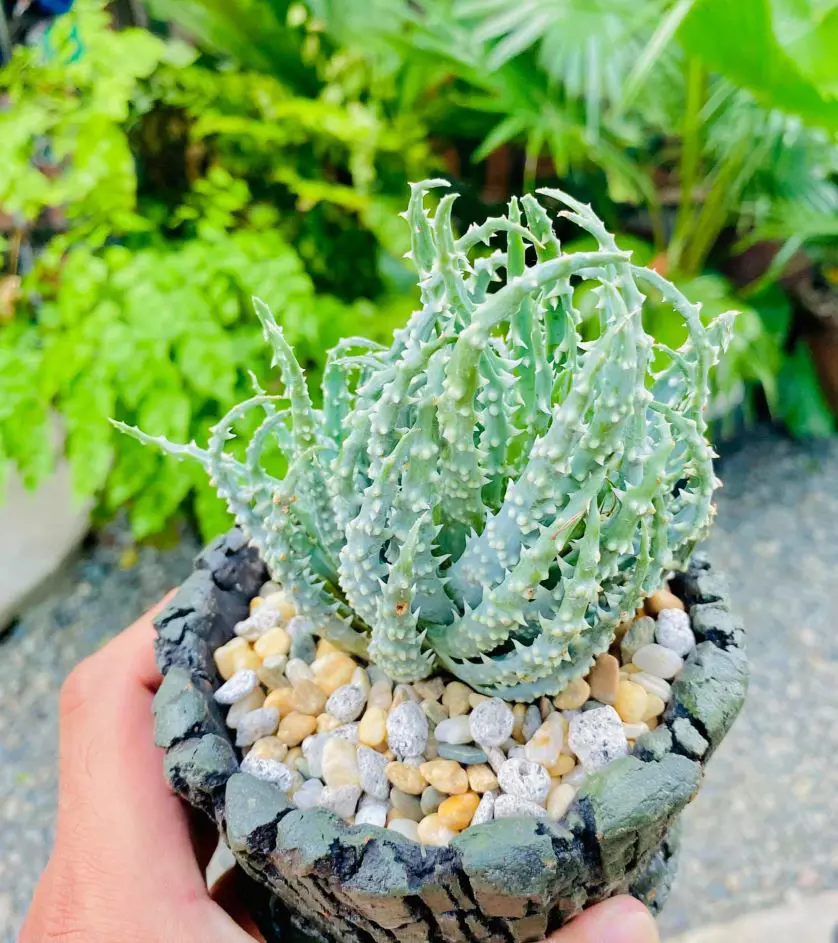
Aloe humilis or prostrate aloe, is a beauty with its rosettes of spiky, blue-green leaves edged with small teeth. It's a tough cookie, thriving in sunny spots with minimal watering needs.
This low-maintenance plant makes it perfect for those looking for a stunning yet easy-to-care-for addition to their collection.
- Scientific name: Aloe humilis
- Native to: South Africa
- Growing requirements: Full sun, well-draining soil, infrequent watering
15. Christmas Aloe
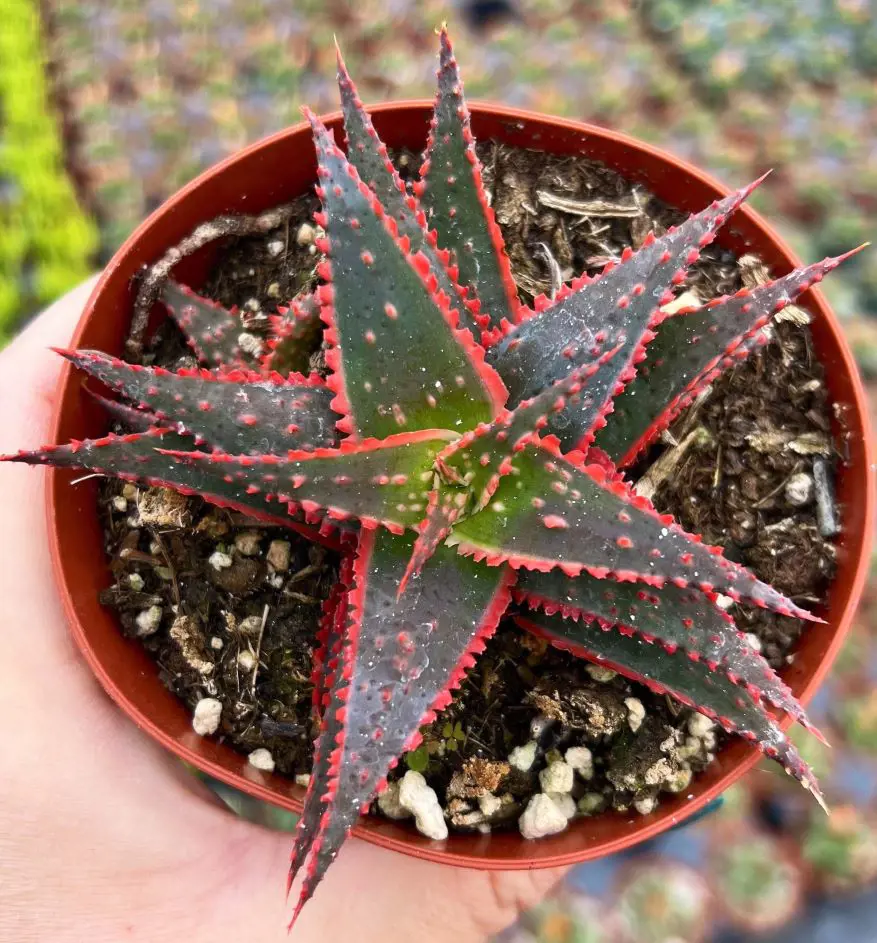
Aloe striatula, commonly known as the Coral Aloe, is a charming succulent that stands out for its slender stems and vibrant colors. This aloe variety forms small clusters of rosettes, featuring narrow, green leaves adorned with white lines or striations, hence its name.
In the summer, it produces tubular yellow or orange flowers that attract pollinators like bees and birds.
- Scientific name: Aloe striatula
- Native to: South Africa
- Growing requirements: Full sun to part shade, well-draining soil, infrequent watering
16. Peacock Aloe
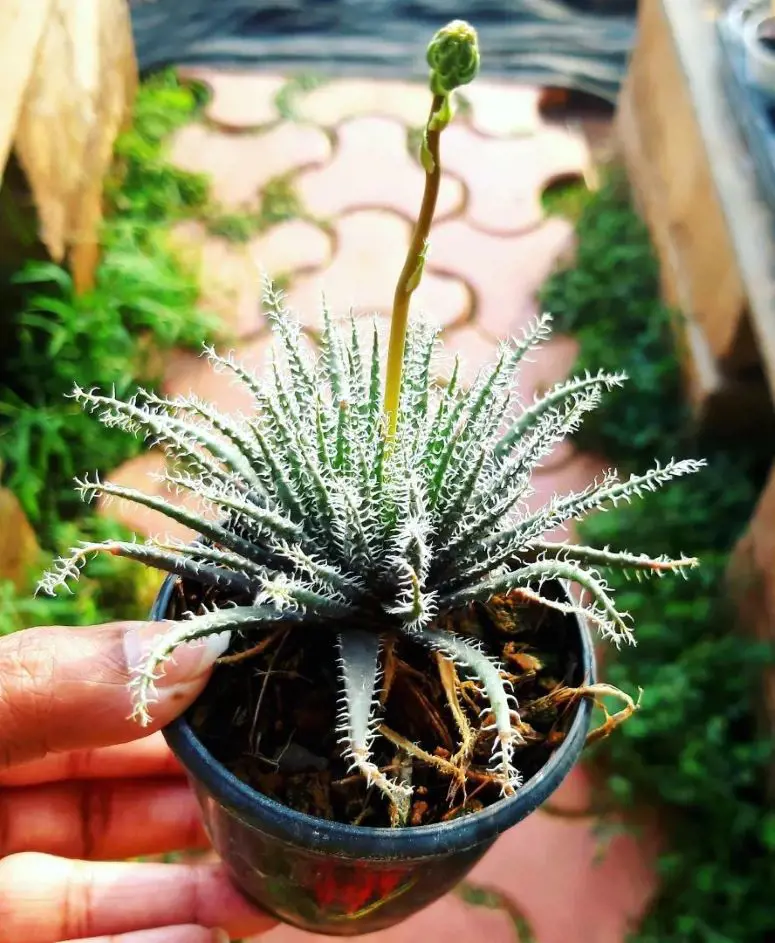
Aloe haworthioides is a charming succulent that catches the eye with its rosette-shaped leaves. Native to Madagascar, this aloe variety has earned its popularity for its low-maintenance nature and adaptability.
The leaves are spiky and toothed, featuring a distinctive pattern of white spots and bands.
- Scientific name: Aloe haworthioides
- Native to: South Africa
- Growing requirements: Full sun to part shade, well-draining soil, infrequent watering
17. Star Aloe

This aloe variety is recognized for its rosette-shaped leaves that form a star-like pattern. The leaves, which can range from blue-green to pinkish-red, give the plant a striking appearance.
Star aloe is well-suited for sunny locations and thrives in well-draining soil with occasional watering. Just like other succulents, propagating aloe vera species requires careful measures.
- Scientific name: Aloe striata var. striata
- Native to: South Africa
- Growing requirements: Full sun, well-draining soil, infrequent watering
18. Snake Aloe
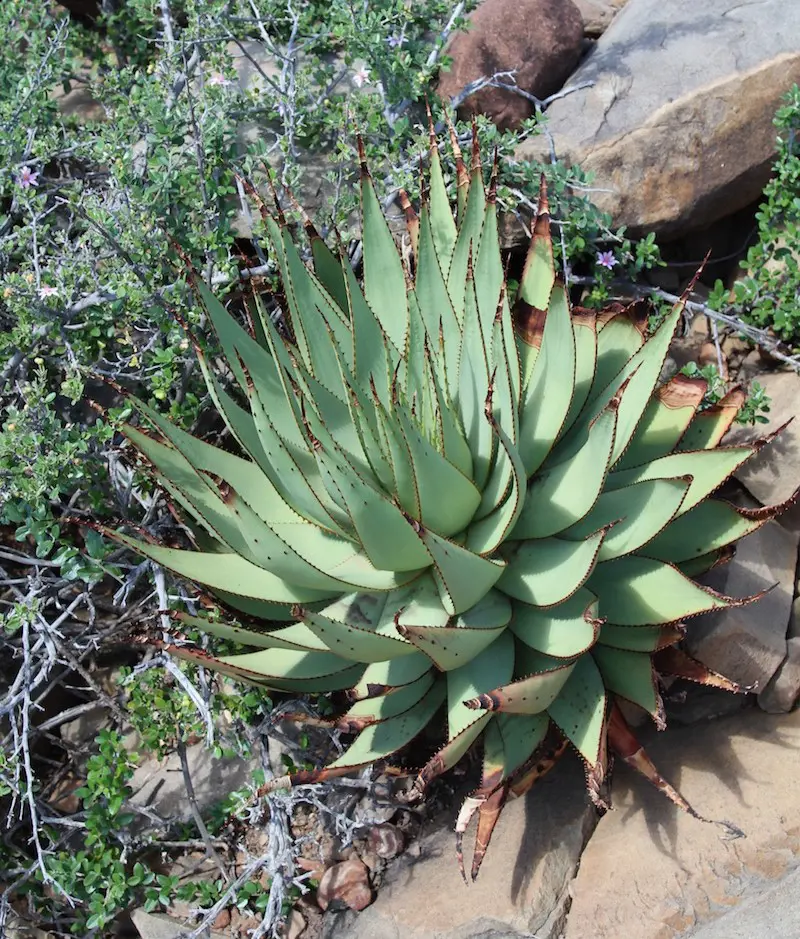
Aloe broomii is a unique aloe plant known for its striking appearance and adaptability. Native to the mountains of Zimbabwe and Mozambique, this succulent grows in rocky terrain, displaying thick, spiky leaves with toothed edges arranged in rosettes.
Its leaves often take on a blue-green hue and feature white spots, adding to its visual appeal.
- Scientific name: Aloe broomii
- Native to: Southern Africa
- Growing requirements: Full sun, well-drained soil
19. Van Balen's Aloe
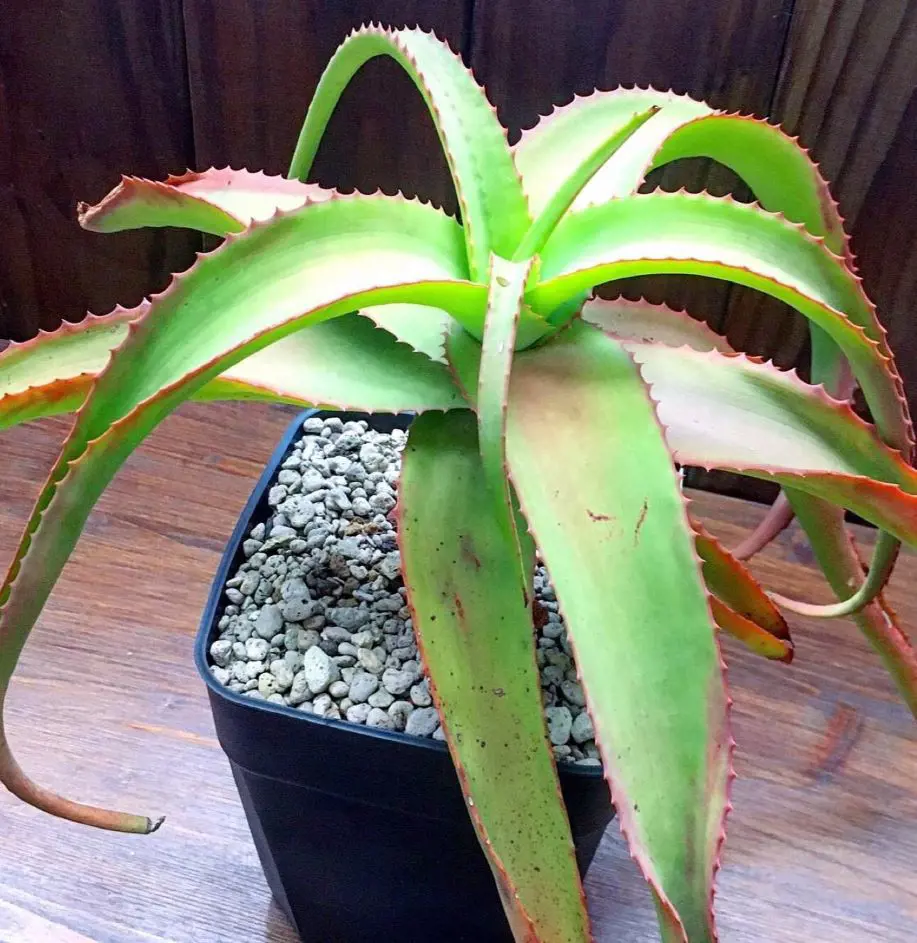
Aloe vanbalenii is a striking succulent with slender, upright stems that form a rosette of leaves resembling a cluster of swords. Native to Madagascar, this aloe species thrives in warm climates.
It is known for its vibrant green leaves, which are adorned with white spots and reddish-brown spines along the edges.
- Scientific name: Aloe vanbalenii
- Native to: KwaZulu-Natal and southeastern Mpumalanga in South Africa
- Growing requirements: Full to light sun, well-drained soil
20. Mountain Aloe
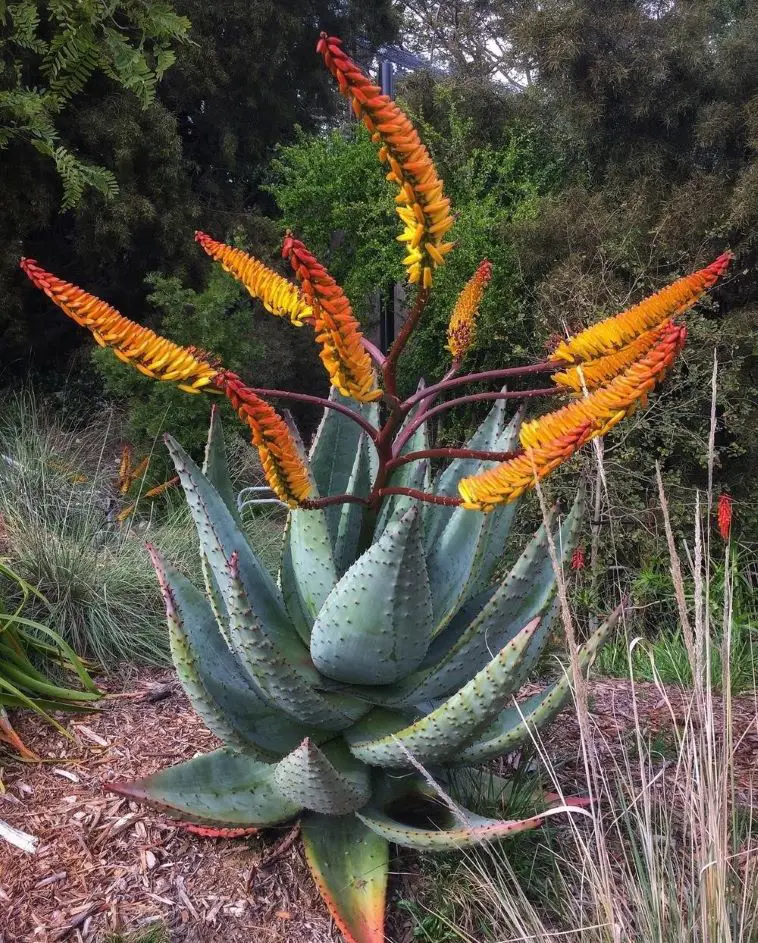
Aloe marlothii, also known as the Mountain Aloe, is a striking succulent native to South Africa, Swaziland, and Mozambique. Its leaves are a blue-green color and have toothed edges.
This aloe species stands out for its impressive size, often growing up to 10 feet tall with thick, spiky leaves arranged in rosettes.
- Scientific name: Aloe marlothii
- Native to: South Africa (KwaZulu-Natal, Mozambique, Zimbabwe, Botswana)
- Growing requirements: Full sun and well-draining, sandy soil
21. Red Aloe

Red aloe is a striking succulent with a unique coppery-red coloration that sets it apart from other aloe varieties. Native to Malawi, Mozambique, and Tanzania, this plant thrives in well-draining soil and enjoys basking in full sunlight.
Its leaves, arranged in a rosette pattern, take on a beautiful reddish hue, intensifying under stress or during dry conditions.
- Scientific name: Aloe cameronii
- Native to: South Africa
- Growing requirements: Full to light shade, well-drained soil
Recent posts
Gardening
Gardening
Root Rot: How to Prevent, Identify And Fix It?
Root rot poses a significant threat to the health and vitality of plants. This insidious disease, caused by various fungal pathogens, compromises the integrity of plant roots. While no plant is immune to root rot, certain species are particularly sus...
Gardening
How To Prune Roses With These 10 Steps
Pruning roses might seem scary, but it's crucial for a healthy plant. Cutting back old growth encourages new, vibrant growth, removes dead parts, and shapes the plant. This practice also reduces the risk of fungal diseases by allowing better airflow....
